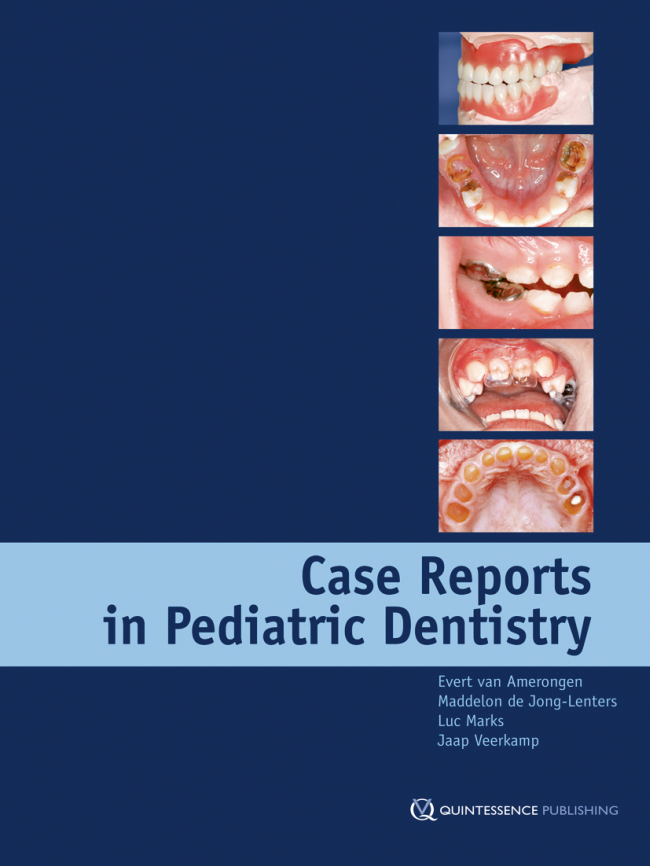International Journal of Periodontics & Restorative Dentistry, 3/2019
DOI: 10.11607/prd.3284, ID de PubMed (PMID): 29590223Páginas 361-368, Idioma: InglésDe Bruyn, Hugo / Glibert, Maarten / Matthijs, Liesbet / Filip, Martens / Christiaens, Véronique / Marks, LucThis study evaluated implant outcome in patients with Down syndrome (DSPs) and provides clinical guidelines to maximize treatment outcome. A total of 57 implants were placed in eight DSPs. During follow-up, implant survival was recorded and crestal bone level was evaluated when possible. After a mean follow-up time of 5 years, six patients with 45 implants were evaluated and an implant survival rate of 84.4% was recorded. A mean crestal bone loss of 1.7 mm (SD 0.9) was measured in three patients around 20 implants. Down syndrome is not a contraindication to dental implant placement, but multiple complicating factors yield reduced implant survival.
Quintessence International, 9/2010
ID de PubMed (PMID): 20806104Páginas 787-794, Idioma: InglésVandenbulcke, Jeroen D. E. / Marks, Luc A. M. / Martens, Luc C. / Verbeeck, Ronald M. H.Objective: To compare the depth of cure (DoC) of a colored polyacid-modified composite resin (PAM-C) with a traditional PAM-C and a fine hybrid composite resin using different light-curing units and different radiant energies.
Method and Materials: The DoC of the PAM-C Twinky Star (Voco, all shades), the PAM-C Glasiosite (Voco), and the composite resin Z100 (3M ESPE) shades A2 and A4 was determined using a penetrometer test method. The materials were cured in bulk using a halogen-based unit (Elipar Trilight, E = 18 J/cm2 and E = 32 J/cm2; 3M ESPE) and an LED curing unit (Elipar Freelight 2, E = 20 J/cm2; 3M ESPE) in split stainless steel molds. Immediately after curing, the height (mm) of the cured material was measured and taken as the DoC. Ranking of means was performed by Student-Newman-Keuls multiple comparison test, and statistically significant differences among mean values were detected with ANOVA.
Results: Mean DoC for all materials and shades varied as follows: 4.705 to 8.870 mm (E = 32 J/cm2); 3.672 to 8.050 mm (E = 20 J/cm2); and 4.090 to 7.357 mm (E = 18 J/cm2). Two-way ANOVA revealed that the DoC depended significantly (P .001) on the shade of the material and the curing device. Moreover, there was a significant interaction (P .001) between the latter, indicating that the effect of the energy densities differed quantitatively among the shades.
Conclusions: In this study, DoC differed significantly among the materials and the shades. Twinky Star shade blue showed the highest DoC compared to Glasiosite and Z100 shades A2 and A4. The curing device with the highest energy density exhibited the highest curing depths.
Palabras clave: colored polyacid-modified composite resin, compomer, curing depth, light-curing unit, penetrometer





